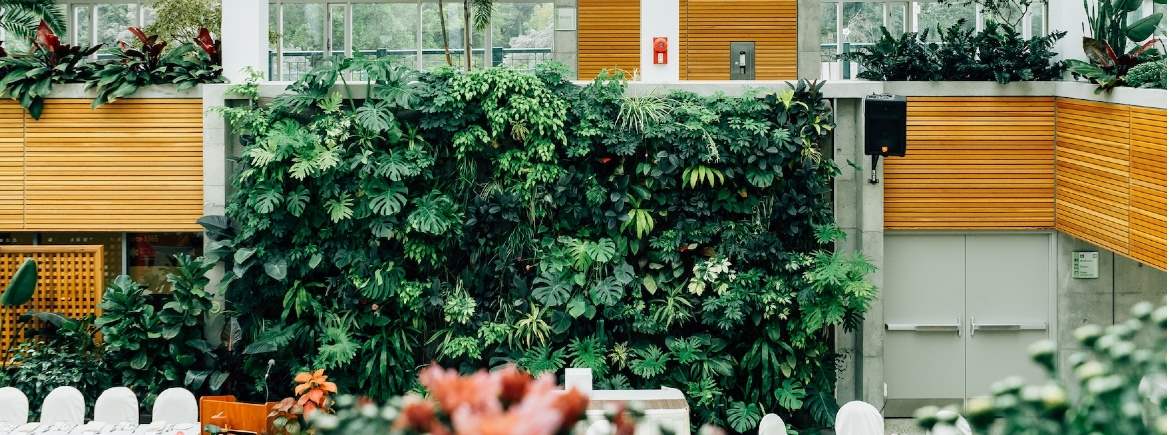It is a well-known fact that people generally feel better when they have access to nature, whether that be sunlight, fresh air or greenery. This is especially true at work where our access to natural elements is likely to be restricted, which is why there has been a growing trend toward biophilia, defined as an ‘affinity of humans with the natural world’. This has been proven to help reduce stress and encourage both productivity and creativity.
Consequently, the rise of the ‘living wall’ has been instrumental in introducing nature back into the work place without flooding the office with pot plants. The original concept was said to be thought up by Patric Blanc, a world renowned French botanist. He stated in an interview with the Wall Street Journal that in relation to growing alarm around climate change and deforestation ‘anything that evokes nature is becoming increasingly sacred.’
As a result, there has been a notable growth (quite literally) in developers and architects incorporating a living wall of plants into their schemes. Besides being visually appealing, this also has a significant environmental impact by creating urban biodiversity, attracting bees and insects, as well as keeping buildings cooler in summer and warmer in winter and ultimately reducing a building’s carbon footprint.
There are now several examples of external living walls across the globe including One Central Park in Sydney, the Park Royal Hotel in Singapore, Palacio de Congresos Europa in Spain and Clearpoint Tower in Sri Lanka, which is set to be the world’s tallest vertical garden.
Here in the UK, living walls have even played an important role in key infrastructure projects such as Crossrail. The contractors commissioned a living wall at their Park Lane site in London not only to camouflage construction works, but also to provide additional control over the noise and dust pollution in the area.
There have also been instances of living walls inside office buildings. Pasona Group, a Japanese employment and staffing solutions firm based in Tokyo, has taken the idea to the next level. The firm has started to grow plants indoors, which then filter the air, provide food and has even created a new training department for the recruitment company that allows staff to improve their horticultural skills.
What’s clear is that while biophilia in all its forms undoubtedly helps to improve wellness in the work place, there are also a number of other advantages to going green.
Saving on your energy bill, helping to improve bio-diversity and tackling pollution are just some of the reasons why living walls, both inside and out, are a growing trend and should help to plant the seed for more innovative and greener work space in the future.
Further information
Read more: Incorporating sculpture into a small city garden
Search for a commercial property


.jpg)


